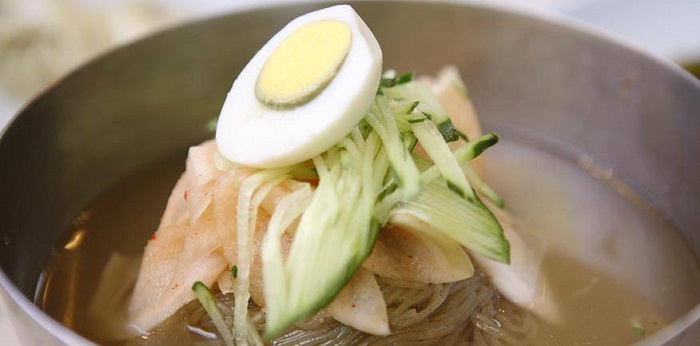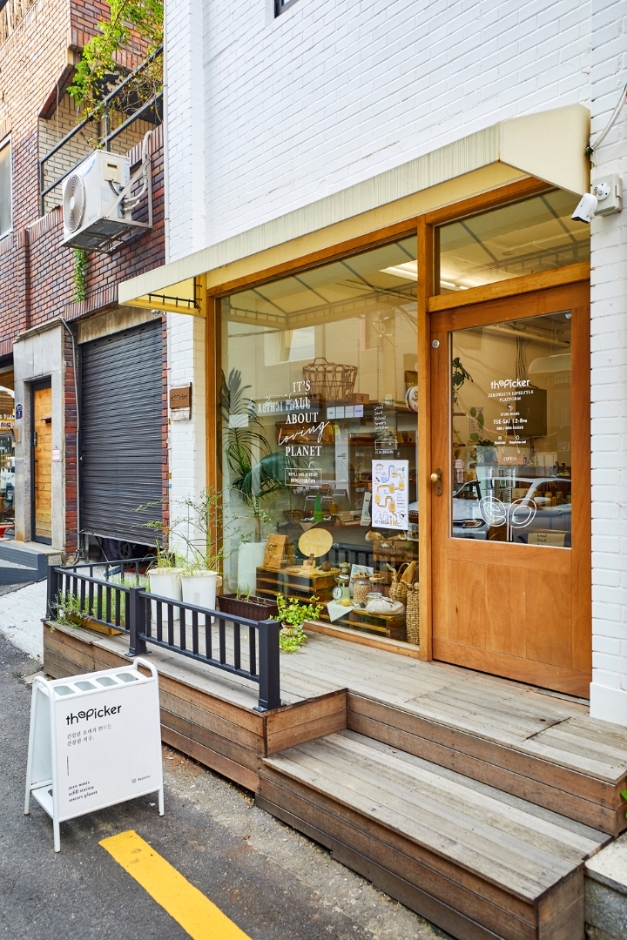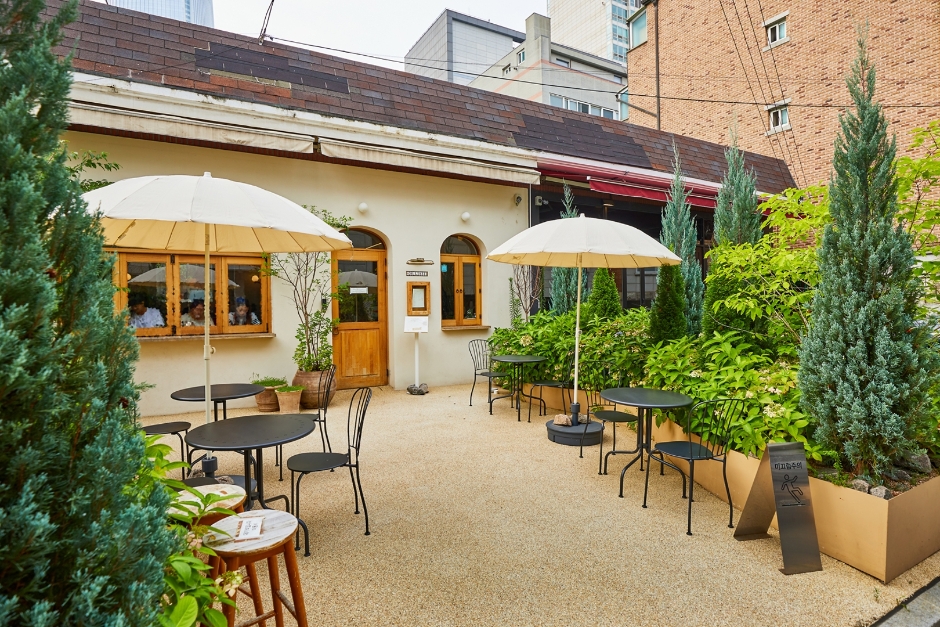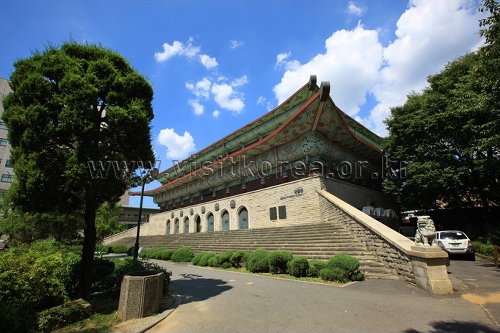Olive Young - Irwon Station Branch [Tax Refund Shop] (올리브영 일원역)
4.0Km 2024-04-18
Store #114, 115, Irwon-ro, Gangnam-gu, Seoul
-
Seobungmyeonok (서북면옥)
4.0Km 2021-04-20
199-1, Jayang-ro, Gwangjin-gu, Seoul
+82-2-457-8319
It is a 100-year-old store that has been loved by customers for a long time while maintaining its reputation for over 30 years. This Korean dishes restaurant is located in Gwangjin-gu, Seoul. The representative menu is cold buckwheat noodles.
Gilsang Ceramics (길상도예)
4.1Km 2024-10-21
15-9 Gangnam-daero 39-gil, Seocho-gu, Seoul
The pottery workshop experienced by BTS
It is a famous pottery workshop for ARMY as a place where BTS experienced in ‘RUN BTS’. Jimin made cups for V, Jin for Jung kook, and V for SUGA. You can design and make cups, vases, plates, water bottles, etc. with a potter's wheel and handbuilding. It's also fun to make it after the works of BTS members.
The Picker (더피커)
4.1Km 2024-01-05
9 Wangsimni-ro 14-gil, Seongdong-gu, Seoul
The Picker is Korea's first zero-waste shop that opened in 2016, and has a sophisticated and comfortable atmosphere. The shop is filled with eco-friendly bathroom products, gardening products, kitchen products, stationery, and more. It is fun to look around as it has many products essential to everyday life made from very environmentally friendly materials such as bamboo toothbrushes, solid perfume, shampoo bars, plastic-free corn floss, natural surfactants like soapnut fruits, and glass and silicone straws.
Olive Young - Yangjae Station Branch [Tax Refund Shop] (올리브영 양재역점)
4.1Km 2024-06-26
B2585, Nambusunhwan-ro, Seocho-gu, Seoul
-
Black Yak - Yangjae Branch [Tax Refund Shop] (블랙야크 양재)
4.2Km 2024-04-18
201, Baumoe-ro, Seocho-gu, Seoul
-
Sejong University Museum (세종대학교 박물관)
4.2Km 2022-09-16
209, Neungdong-ro, Gwangjin-gu, Seoul
+82-2-3408-3876
Sejong University Museum exhibits folk art, wooden crafts, clothing, accessories, pottery, paintings and calligraphy collected for over 40 years by the couple who founded the present day Sejong University, Dr. Ju Young-ha and Dr. Choi Ok-ja. This museum has its origins in the Soodo Gallery, which was built in Chungmuro, the campus’ original location, in 1959. Needing more space to house additional artifacts, the museum moved to its current location, which first opened on May 5, 1973 in a four-story concrete building inspired by traditonal tower design from the Baekje era. This building was later expanded on May 20, 1977.
After the university’s name was changed to Sejong University in 1979, the museum was also renamed the Sejong University Museum. The museum showcases unique artifacts to both scholars and students from home and abroad in contribution to the research of Korea’s culture, arts, and archeology.
![Olive Young - Irwon Station Branch [Tax Refund Shop] (올리브영 일원역)](http://tong.visitkorea.or.kr/cms/resource/54/2889454_image2_1.jpg)





![Lordsystem [Tax Refund Shop] (주식회사 로드시스템)](http://tong.visitkorea.or.kr/cms/resource/15/2878915_image2_1.jpg)

 English
English
 한국어
한국어 日本語
日本語 中文(简体)
中文(简体) Deutsch
Deutsch Français
Français Español
Español Русский
Русский